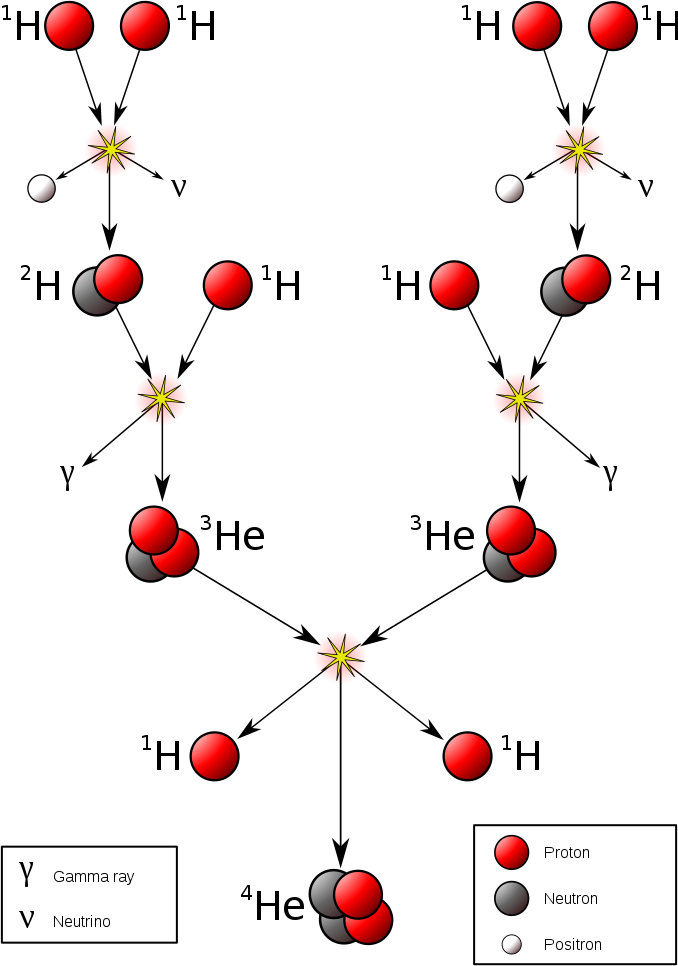They are not replaced.
Fusion in ordinary stars means actually many processes, neutrinos are involved most commonly in these:
- $p + p \rightarrow D + \nu_e + e^+$
- $T \rightarrow He_3 + \nu_e + e^+$
The created positrons (very) quickly find an electron to annihillate into two (sometimes 3) gamma photons: $e^- + e^+ \rightarrow 2 \gamma$. As you can see, both the electric charge and both the lepton number (detailed below) remains. Very rarely also neutrinos (or some more exotic particles) can be created, but even these reactions keep the conservation laws.
Sometimes gamma photons can "decay" to electron-positron pairs (or, very rarely, to another particle-antiparticle pairs), this is called pair production. It can happen only near an electrically charged particle (because the photons are going with $c$, but the resulting particles aren't, so to preserve the impulse we need someone to take away the excess impulse - this requirement hugely decreases the probability of this reaction).
None of them destroys electrons. The only nuclear reaction which actually destroys electrons, is actually K-capture, what happens typically simultanously with the $\beta^+$-decay. If it happens, an electron disappears, instead we get an electron neutrino ($\nu_e$).
In the nuclear processes of stars, the net result of the reaction creating/destroying electrons looks like $n \rightarrow p + e + \nu_e$, or $p \rightarrow n + \overline{\nu_e} + e^+$, or their reverse. Note, these are only the net results, the actual processes are more complex (involving the quarks and intermediate bosons of the weak interaction ($W^+$, $W^-$, $Z^0$)). We can say as if neutrons would decay to a protons or electrons (or the reverse), or that protons decay to positron and neutron (or the reverse).
Any time if an electron is created, also an electron antineutrino is created with it. The important thing is, that both of them remain the same:
- the lepton number (total count of electrons and electron neutrinos, antiparticles count negatively)
- and the electric charge (electron: -1, positron: +1, proton: +1, neutron: 0, neutrinos: 0)
All the reactions in the stars keep these laws.
P.s. stars are fusing mostly hydrogen to heavier elements. Hydrogen has no neutrons, all the heavier elements have (typically, as the proton number of the nuclei grows, also the ratio of the neutrons grows with it). Thus, the long-term tendency is really that the count of the electrons and protons are decreasing in the stars, while the count of the neutrons grows. Nothing replaces them. The ultimate end, which is possible only in larger stars (much bigger than the Sun) is the neutron stars, which has only a very little electrons (and protons), and the star is mostly a big neutron ball.

